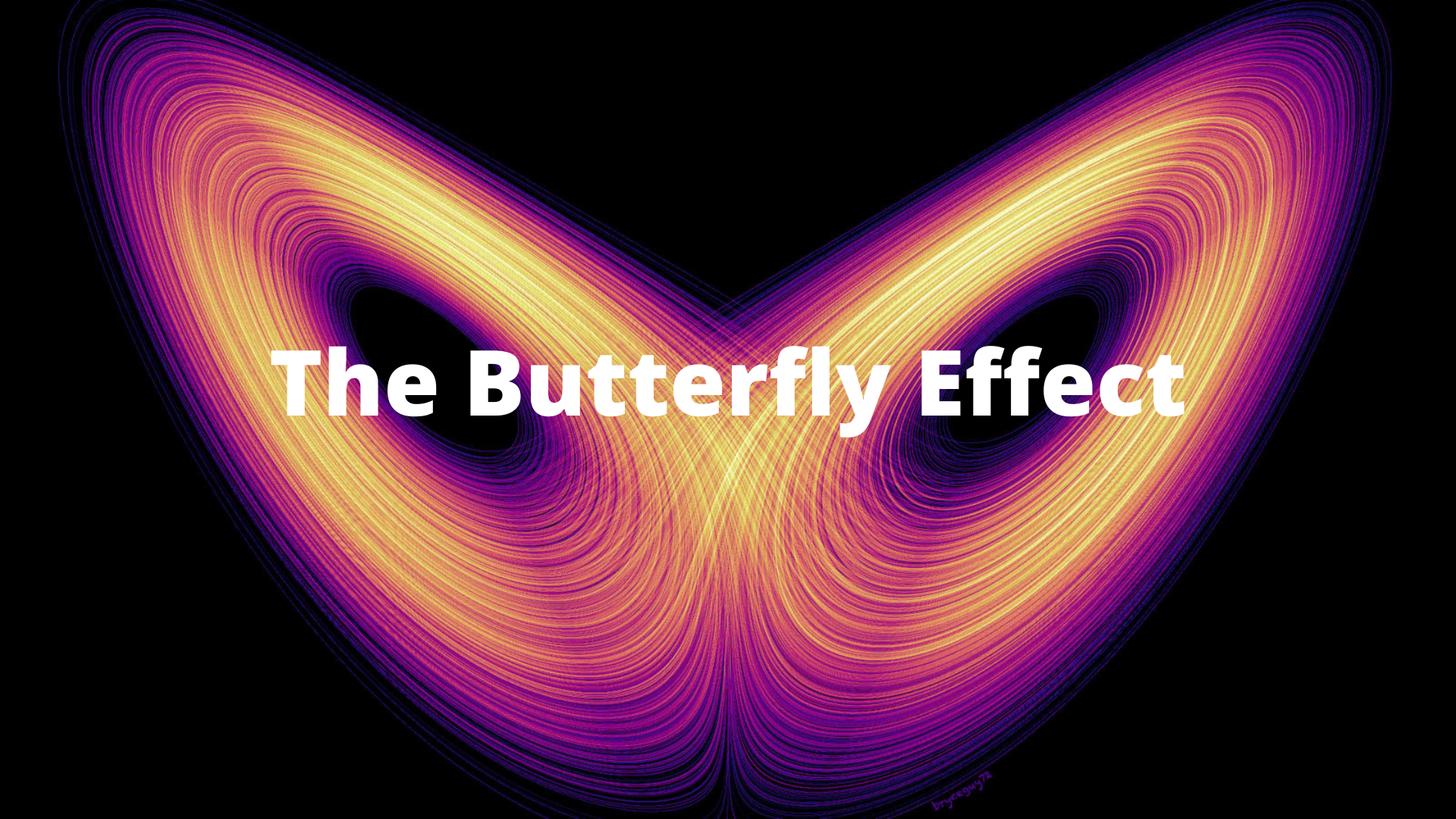
The Butterfly Effect is most notably recognized by the phrase, “The fluttering of a butterfly in Brazil can produce a twister in Texas.”
This is how Edward Norton Lorenz began his conference on December 29, 1972, at the annual meeting of the American Association for the Advancement of Science. Here he would introduce the public to his famous law of atmospherics.
What is the Butterfly Effect?
Although a butterfly causing a twister sounds poetic, Lorenz chose to communicate this concept to his audience in the form of a question, rather than a statement. This, in and of itself was an intentional use of the Butterfly Effect. He chose to arouse curiosity and critical thinking about the concept of chaos, rather than making a statement that could, instead, induce chaos.
During his years of research, Lorenz developed a series of mathematical equations relating the different properties of a system from its initial conditions. Some of these included his study of velocity, density, and pressure.
In 1960, Lorenz was working on weather forecasting. With the help of computers, he introduced a series of calculations into a simulation.
The system predicted the behavior of a system over time, based on the initial atmospheric conditions. His findings were directly contrary to his original hypothesis. Lorenz observed drastic changes in the results of the expected long-term weather after the slightest variations in the initial values.
Interestingly, the graphical representation of these changes made the shape of a butterfly. This figure is known as Lorenz’s attractor.
When starting the simulation, Lorenz used three dimensions for the initial value to mimic our physical reality.
How the Butterfly Effect Works
In a conventional system, similar initial values give similar results.
For example, if a car drives straight at a constant speed of 100 mph with no obstacles, after an hour, the car will have traveled 100 miles.
If another car travels at a speed of 101 mph, it will have traveled 101 miles instead of 100 miles after one hour.
What if, instead, you had noticed that after an hour, the second car had moved 47,582 miles instead of only 101 miles?
This is exactly what happened in Lorenz’s simulation. The slightest change in the initial conditions changed the results drastically. This is known as the Chaos Theory.
For more on this, check out our post on Entropy here.
What is the Chaos Theory?
This theory says that slight variations in a system’s initial conditions can create dramatic differences in the future behavior of that system. This supports the Law of Attraction, also making precise long-term prediction difficult.
Any slight discrepancy between two identical situations can give rise to situations where both systems evolve entirely differently
A chaotic system is not the same as a random system. Some systems are dynamic and can be predicted. This is called deterministic chaos and supports short-term prediction in evolution by observing constant variables. This is separate from the idea of “chance,” which is almost entirely unpredictable. This would be considered an independent or changing variable.
Chaotic systems are therefore not entirely unpredictable. However, prediction increases in difficulty over time, which in and of itself is relative.
From this very premise, Lorenz made the famous comparison of the butterfly and the hurricane.
In a dynamic system that evolves and changes over time, the slightest change will cause a completely different result.
Application of the Butterfly Effect
Hypothetically, imagine two parallel realities of planet Earth. (Check out Hawking’s Multiverse Theory here!) In one version, you picked up a piece of litter that didn’t belong to you. In the other, you threw a piece of trash on the ground.
That small difference has a significant ripple effect over the day, the years, and even millennia. This is the true nature of the butterfly effect. This slight change in the initial system will inevitably cause an event as significant as a hurricane.
So, Lorenz did not say that a butterfly will literally cause a twister, but he did imply that any tiny change in an unpredictable system, such as the Earth’s atmosphere, can cause dramatically different events.
So, please choose the reality where you leave the Earth a little better than you found it.
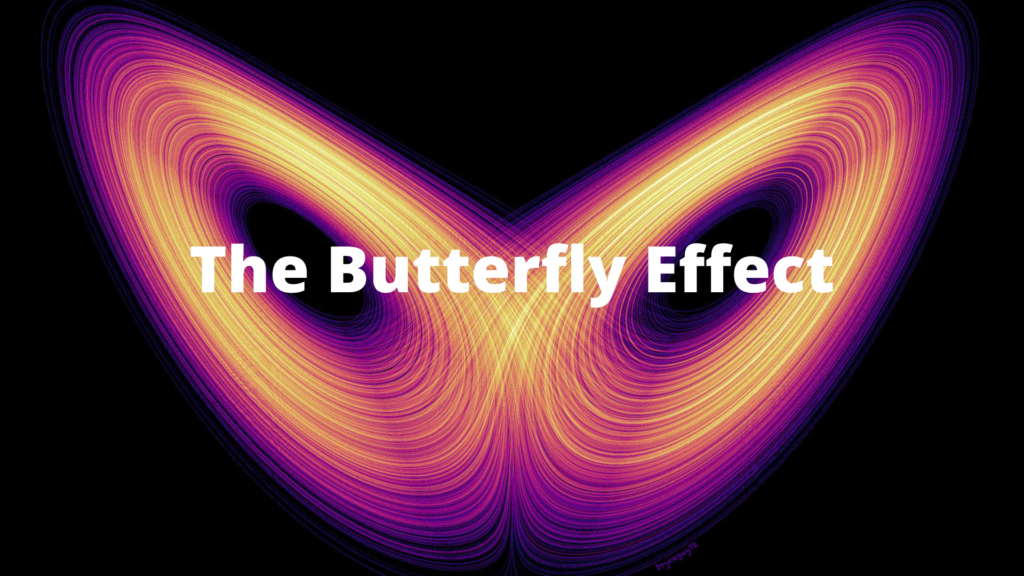






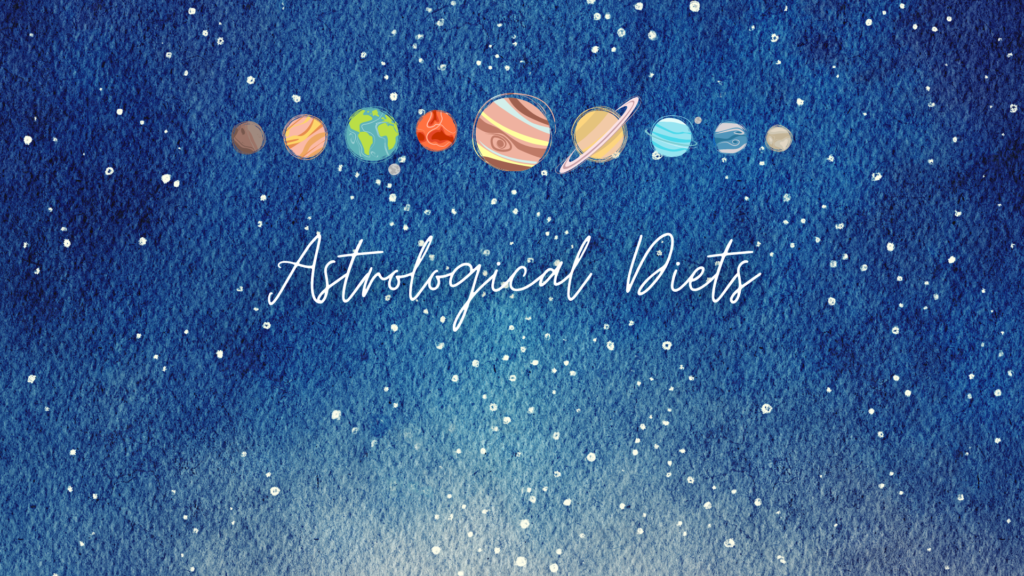
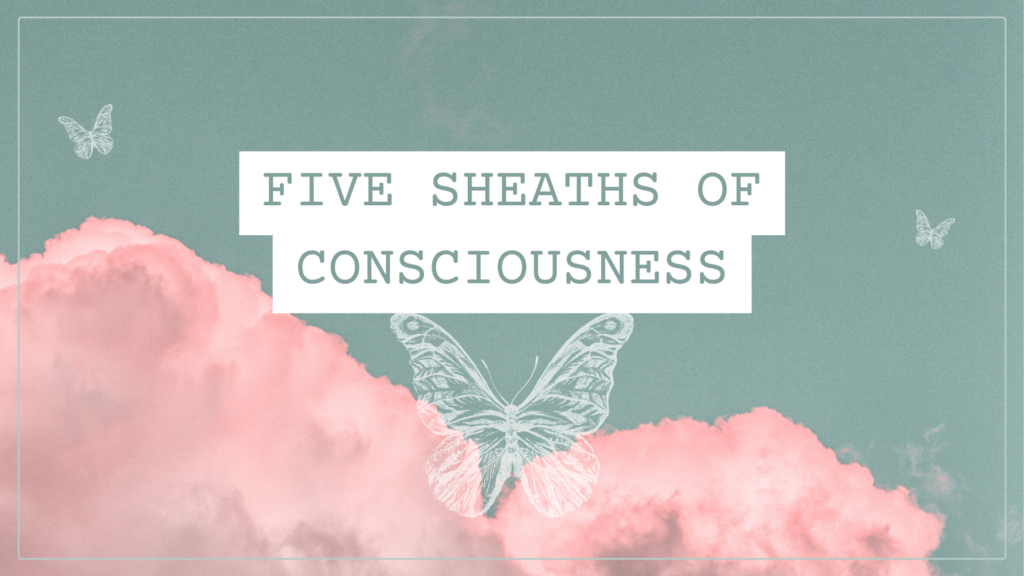


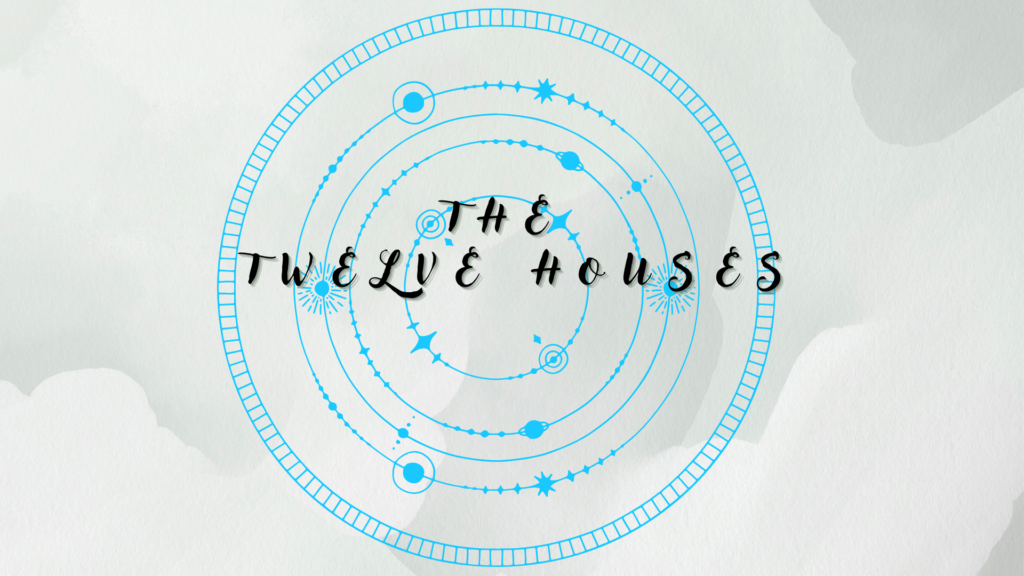

Pacific Beach blocks from Silver Fox Idk if you’re interested in me or not?
I promise to be a fantastic conversationist and not a weird creep
Quite the opposite Priestess
I pick up your tab and talk about collaboration
Be nice to see you or hear from you
Danny Honick 619 451-0679